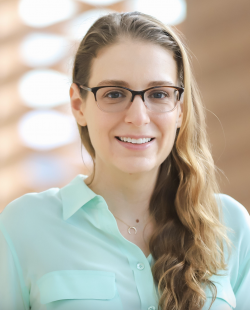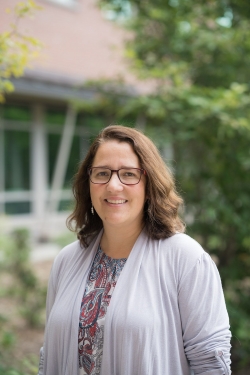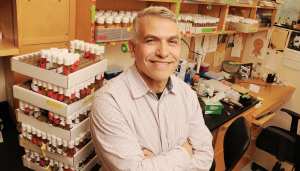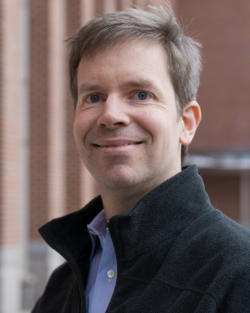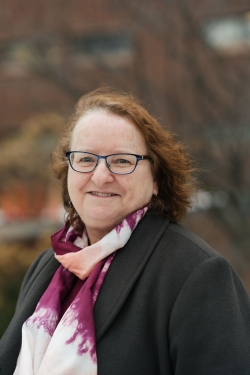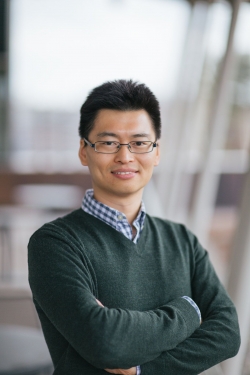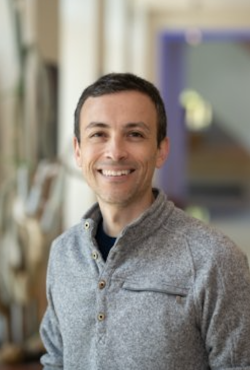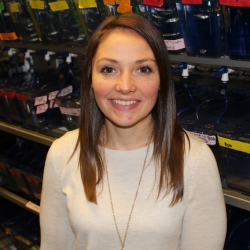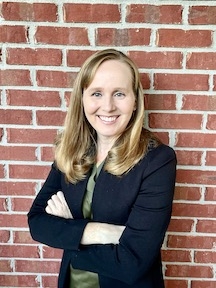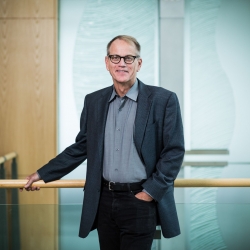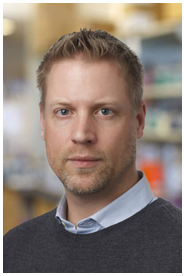Yashi Ahmed, M.D., Ph.D.
Yashi Ahmed, Ph.D.
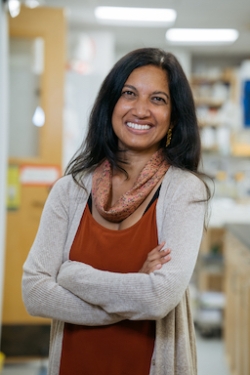
Professor of Molecular and Systems Biology
Office: 613 Vail
Phone: 603-646-5240
The evolutionarily conserved Wnt signal transduction pathway directs cell proliferation and differentiation during animal development and tissue homeostasis. Despite the fact that deregulation of Wnt signaling underlies numerous developmental disorders and cancers, including nearly all colorectal cancers, many of these mechanisms remain poorly understood. The long-term goal of research in the Ahmed Lab is to elucidate the mechanisms that activate Wnt signaling during animal development using a Drosophila model and to use this knowledge to identify control points in the pathway susceptible to therapeutic targeting in Wnt-driven diseases.
